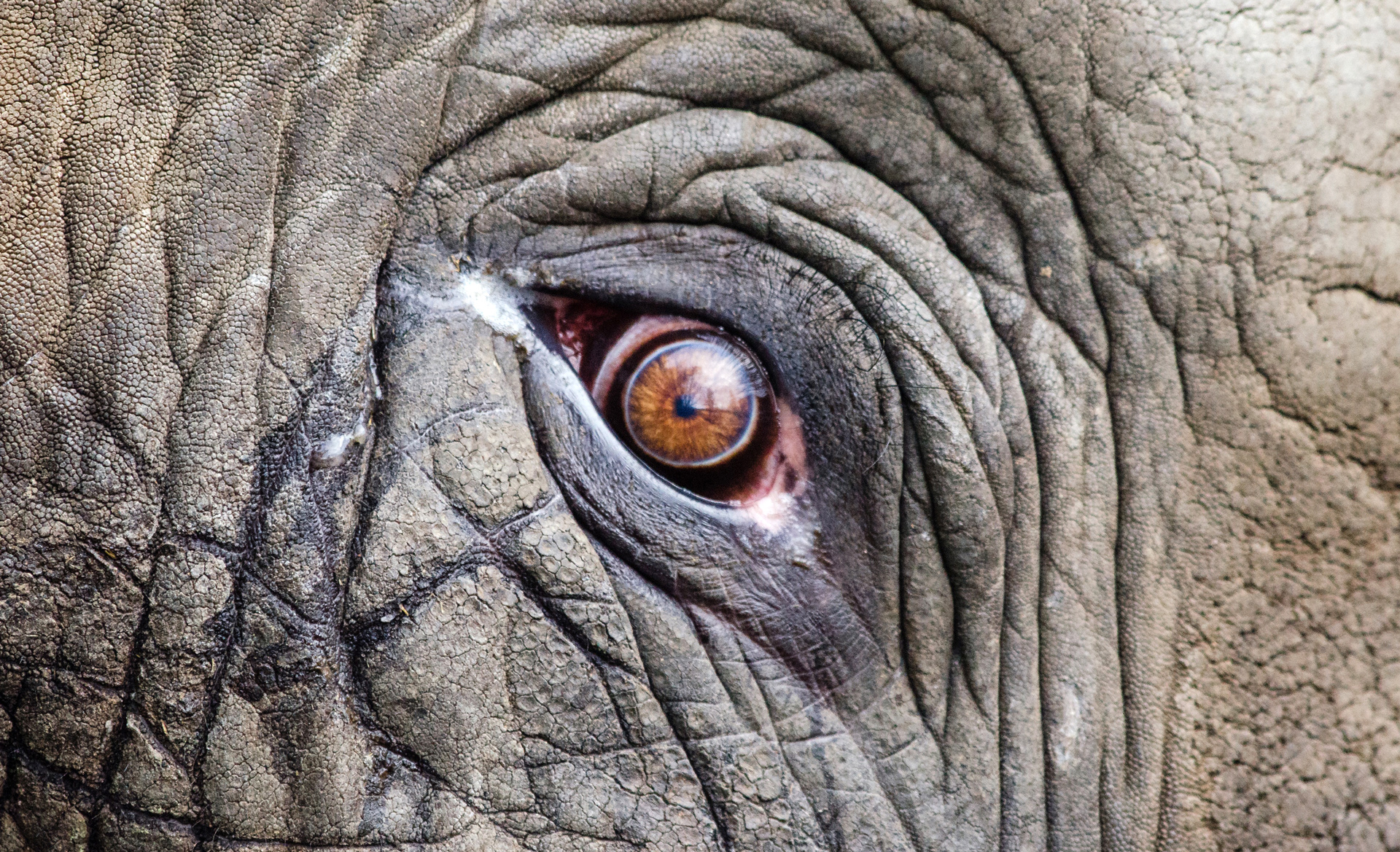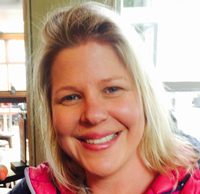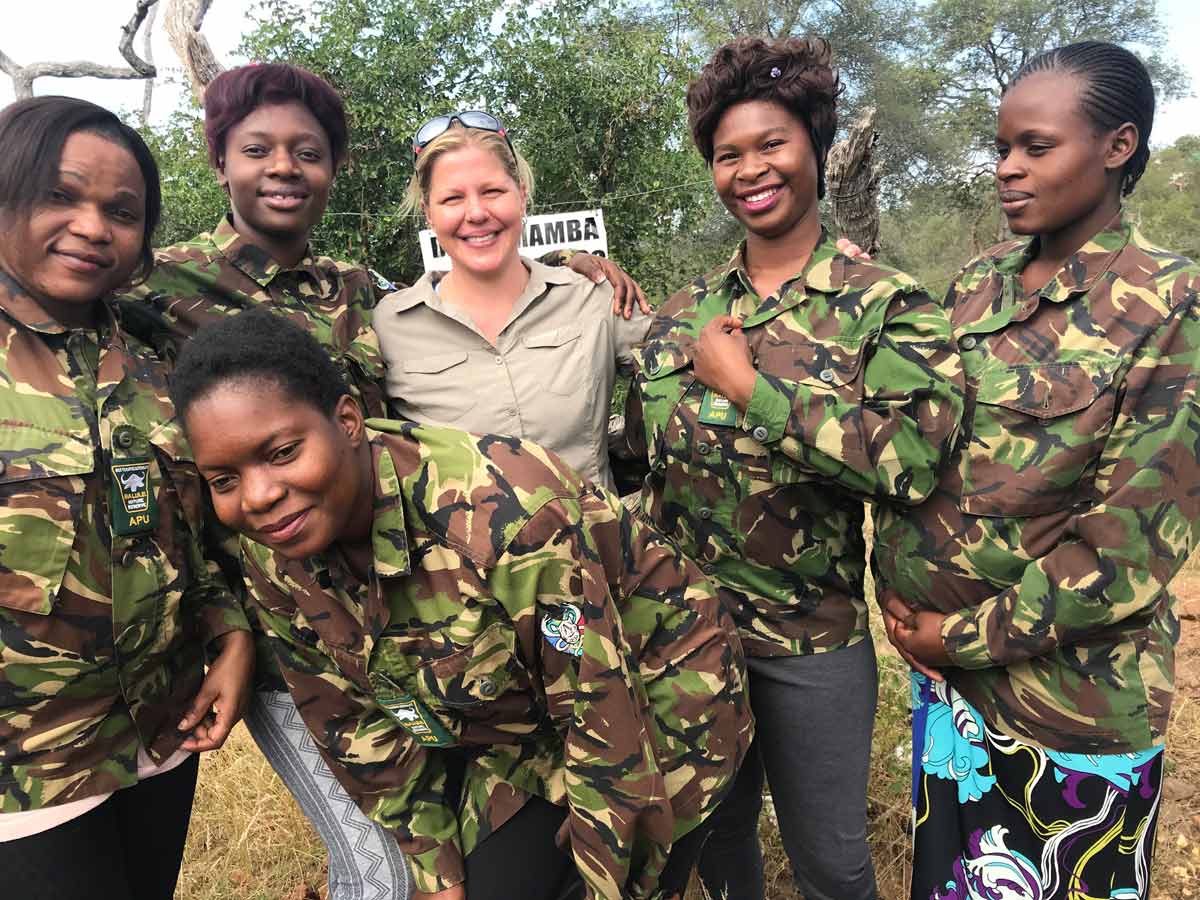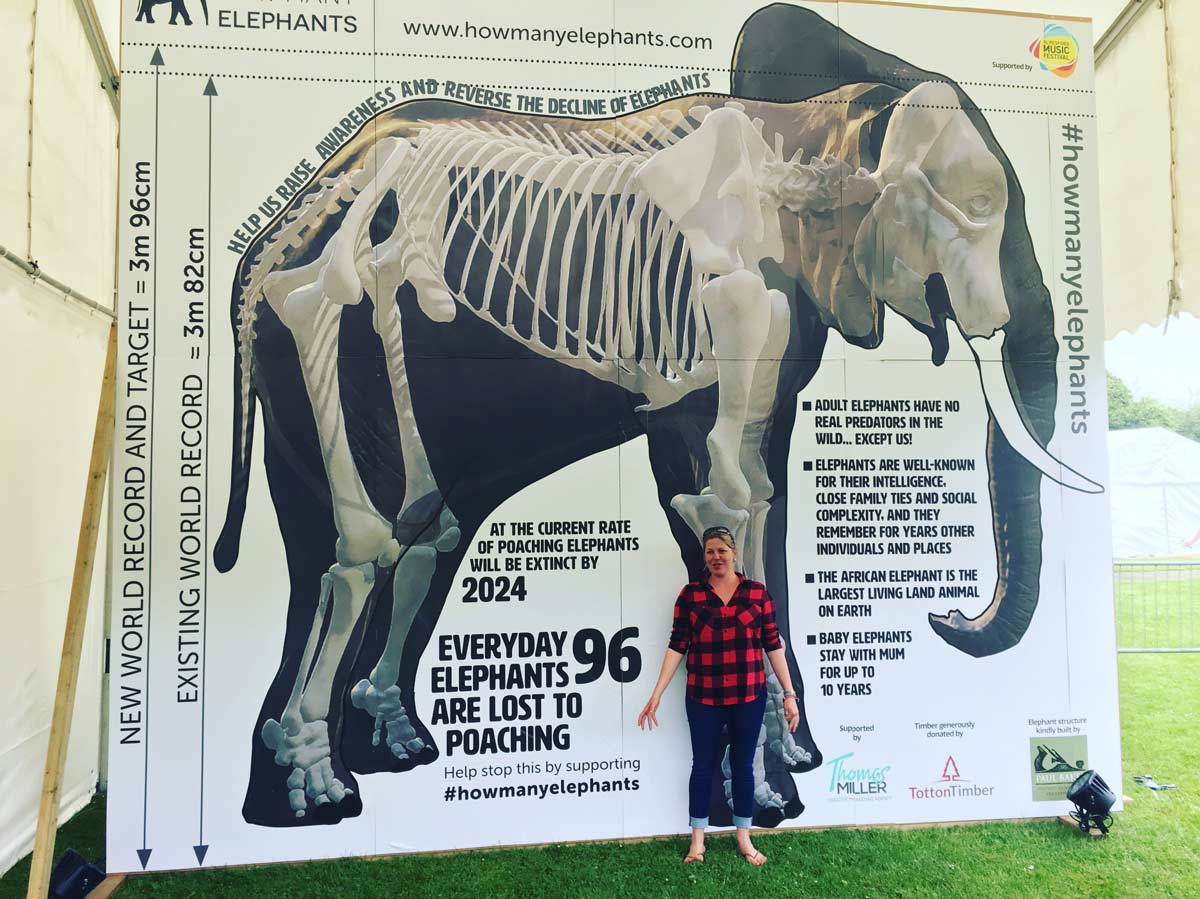 How Many Elephants
How Many Elephants
 World record adventurer and Everest Summiteer, Holly Budge, has two world records under her belt, including being the first woman to skydive Everest and on another occasion, race semi-wild horses 1000 kms across Mongolia in just nine days. Holly’s talents are not limited to adventure, she is an acclaimed artist, a passionate conservationist and founder of How Many Elephants an award-winning charity raising awareness of the plight of elephants in Africa. Holly has raised over £300K for charitable initiatives to date.
World record adventurer and Everest Summiteer, Holly Budge, has two world records under her belt, including being the first woman to skydive Everest and on another occasion, race semi-wild horses 1000 kms across Mongolia in just nine days. Holly’s talents are not limited to adventure, she is an acclaimed artist, a passionate conservationist and founder of How Many Elephants an award-winning charity raising awareness of the plight of elephants in Africa. Holly has raised over £300K for charitable initiatives to date.
To date you have raised over £300,000 for conservation charities. Give us some examples of where some of that money has been spent where you feel particularly proud of the impact of that support.
Through my campaign, How Many Elephants, I currently work with three direct action initiatives in Africa including, The Black Mambas, Victoria Falls Wildlife Trust and National Park Rescue. They are all doing extremely valuable work “on the ground”. My main motivation for working with this select group of initiatives, whom I have established great working relationships with, is the accountability with where the funds I have raised are being spent. Every penny is spent on their anti-poaching projects, including buying equipment, technology and uniforms for the rangers, plus running costs and fuel. I feel particularly proud of the patrol vehicle I bought the Black Mambas and it has the How Many Elephants logo on the side.

What impressed you most about the Black Mamba anti-poaching team?
Their passion. I accompanied the Black Mambas in their day to day work and observed them from afar too. The shared and intense passion I witnessed was inspiring, humbling and powerful. Everyone has their own fight in this tangled web of wildlife conservation, most striving for a common goal to preserve and conserve. Not only are The Black Mambas on the front line of conservation, they are also role models in their communities and to women around the world.
Give us some examples of what you learnt from seeing them at work, and what all women can learn from their experience?
I accompanied them on morning and night patrols, checking the fence lines for incursions, dismantling snares and monitoring the wildlife. But what I learnt was these women not only nurture and look after the wildlife but, each other, their families and communities too. They run a programme called the Bush Babies and have over 800 children enrolled, teaching them to respect and appreciate their natural surroundings and observe and conserve the wildlife. They also try to show them an alternative to poaching. Many of these women are victims of poverty, abuse and disease. Joining the Black Mambas has empowered them, allowing them to improve their lives and those in their communities too. They wear their uniforms with great pride and inspire many young women to want to join the Black Mambas. These women really align with my life motto: Think Big, Dream Bigger.
Why are elephants important to our ecosystem?
Elephants are ecosystem engineers. To give an example, among many, their sheer size and weight leave deep footprints in the ground. As these fill up with water they act as micro habitats for at least 61 different aquatic macro-invertebrate species ranging from mosquito larvae to tadpoles, who make their homes in and around the footprints. The potential extinction of African elephants in the wild will have an extremely detrimental effect on the environment, including the biodiversity created in their giant footprints. If the elephants go extinct, an entire ecosystem could follow.
What was the moment that lit the passion in you to commit your life to conservation issues?
The defining moment came when I stopped listening to the naysayers who told me I lacked direction and purpose. Working in the field of conservation is tough; There is often no road map, it can be overwhelming, emotionally draining and sometimes this is hard to convey to others. For the most part, I work alone or remotely which can be lonely too. At times, I felt like I was hitting my head against a brick wall and not making any progress or impact, but a small voice inside kept whispering ‘keep going’. I signed up to study for a Masters in Sustainable Design six years ago and this changed the course of my life forever. I embarked on a very passionate journey researching the African Elephant crisis and this led me to founding How Many Elephants, a design-led campaign, inspiring and educating a global audience about the devastating impacts of the African elephant ivory trade. I use design as a powerful communication tool to bridge the gap between scientific information and human connection in the field of wildlife conservation. As more people became aware of my work, momentum picked up and many worthwhile opportunities have presented themselves. I feel my life is now rich in purpose but definitely not in bank balance!.
What’s your advice to readers who are planning a trip to Africa? Any suggestions for cool places to go or things to do?
My advice is be clear on your objective. If you want to volunteer your time and skills to help make a difference, I would recommend getting in touch with Transfrontier Africa in South Africa or Victoria Falls Wildlife Trust in Zimbabwe. Both of these companies offer fantastic opportunities for volunteers to get their hands dirty and really get involved in wildlife conservation.
If you are looking for a spot of luxury, I would recommend Somalisa Camp, owned by African Bush Camps, in Zimbabwe. It is a place where tranquillity meets adventure. Where one moment you are sipping on your gin and tonic, listening to the distant baritone roar of a lion coalition off on the hunt, and the next you are gazing over at a congregation of elephants at your doorstep, peacefully sharing a sundowner with you. Every person is part of the community that helps create the magical and welcoming feeling you get when you visit Somalisa, you arrive as a guest, but you leave a part of the family
Do you see signs of us getting control of the poaching problem? Are there reasons to be optimistic?
There are definitely reasons to be optimistic in pockets of Africa. For example, I work with a direct action anti-poaching initiative in Zimbabwe called National Park Rescue. They operate in Chizarira National Park, often described as one of the most beautiful parks in Zimbabwe and have transformed it from a poachers’ paradise into a thriving park, with well trained and highly motivated rangers. They are very proud to report, no elephants have been poached since they started. I work closely with National Park Rescue and raise much needed funds for them through my campaign, How Many Elephants.
What role does tourism have in the fight to protect not only our elephants but all wildlife and wilderness habitats?
Tour operators have an important responsibility to play an active role in conserving the wildlife and the local people in the areas in and around where they operate. I am petitioning for travel companies who benefit from the wildlife to donate a percentage of their profits to rural African communities close to the National Parks, some of whom see no benefit from tourism or from the animals alive. This needs to change and fast. It’s good to see that there are responsible travel companies out there working hard to make a difference but it needs to be commonplace. To get involved with my global visual petition, visit www.howmanyelephants.co/#petition
More info on my campaign can be found at www.howmanyelephants.co and www.hollybudge.com.


